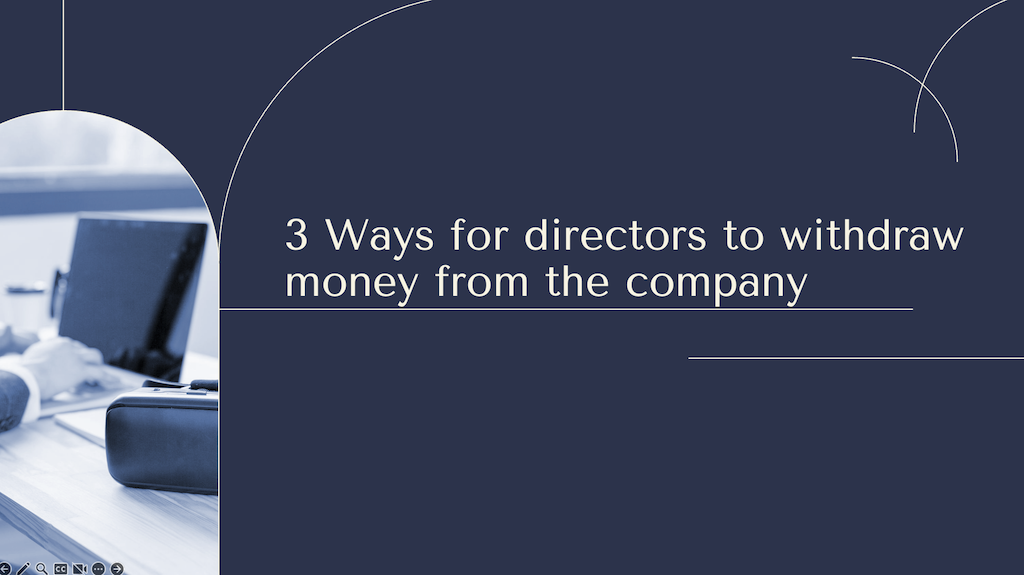For company directors, depending on how much and how often you need to withdraw money from the company, there are 3 options:
1. Taking salaries
Salaries are tax deductible for corporation tax and you can take a salary even if the company makes no profit. Salaries can also build up qualifying years towards your state pension.
You and your company can pay pension to a registered pension scheme. The benefits of having a pension include:
– You will have income tax relief for the employee’s contributions
– You can take 25% of your pension pot as a tax-free lump sum when you retire.
2. Taking dividends
If you are a shareholder of the company, you can also take a dividend from the company.
For 2021/22, the dividend ordinary rate is 7.5%, the upper dividend rate is 32.5%, and the additional dividend rate is 38.1%.
If you are a basic rate tax payer and take a dividend instead of a salary, you can significantly reduce your income tax bill by 12.5% (20% income tax less 7.5% ordinary dividend rate).
However, the amount of dividend will depend on whether the company has sufficient profit and loss reserve. When a director’s loan account is overdrawn and the loan cannot be repaid by way of dividends because of the deficit profit and loss reserve, the tax under section 455 (s455) is payable at the rate of 32.5% even if the company is making a loss and there is no corporation tax due. However, tax payable under s455 is a temporary tax and it is repayable to the company by HMRC 9 months after the end of the accounting period in which the loan was repaid.
When the director’s loan is more than £10,000, in addition to s455 tax at 32.5%, this will also trigger additional tax for Benefit In Kind which will be subject to income tax of 20% for the director and Class 1A National Insurance contributions at 13.8% for the company.
Therefore, you must have a good understanding of the company’s financial position before you withdraw money.
3. Write off the overdrawn director’s loan as a deemed dividend
The overdrawn director’s loan can be written off in the self-assessment tax return which will be subject to the income tax as a deemed dividend and the Class 1 NIC is also payable by the company.
Each option has pros and cons. Apart from the short-term tax savings when you consider which option will be the most tax efficient way, you should also consider the cashflow for yourself and the long-term benefits, such as the state pension and your personal pension. The best option will be the most suitable one for your own situation.



